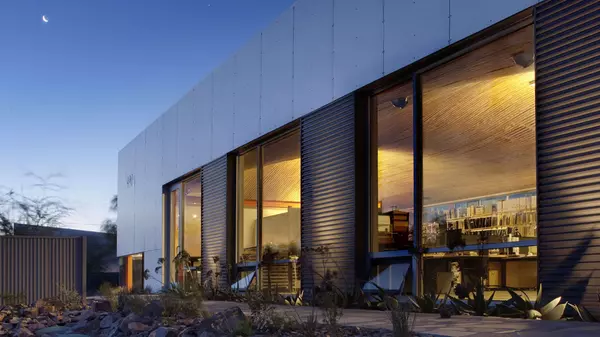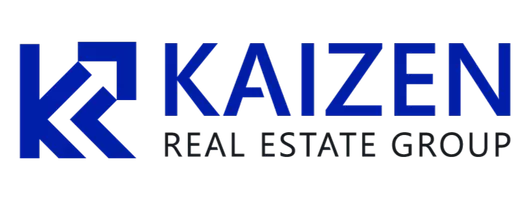ADU innovation spells affordable housing progress in North Carolina
In Wilmington, North Carolina’s tight housing market — where infill land is scarce and prices have climbed sharply — Jeffrey and Becky Maynard of Our House Your Home LLC are finding creative ways to keep their mission of affordable family housing alive.
What began a decade ago as a small real estate venture has evolved into one of the region’s most innovative build-to-rent programs, supported by financing from Dominion Financial.
Jeffrey Maynard launched his company about 10 years ago, starting with older rental homes before shifting to new construction on vacant lots throughout New Hanover County.
“I bought a lot of older homes that became rented, open market or to college students,” he said. “After those homes appreciated, some even doubled and tripled in value, I began to sell these older homes and buy vacant lots.
“We only own within this county, so that gave me a chance to learn exactly how all the building rules work here. We then developed only four of what we call products — larger homes that are four and five bedrooms, two or three baths, and a max width of 22 feet.”
Designing for families and function
One of those designs, a 1,944-square-foot, five-bedroom, three-bath model called the Pelican has become a cornerstone of the company’s approach.
“It’s really a four-bedroom home,” Maynard explained. “We converted a garage into a bedroom because, for affordable housing and families in need, it’s more important to have the fifth bedroom — and to have that bedroom on the ground floor. A lot of families in need require that for various reasons — sometimes medical, sometimes because they host their mother or father.”
Every home includes off-street parking and meets all local setback and zoning requirements, a priority in a city where more than half of downtown homes lack driveways.
Maximizing land value
As the supply of affordable infill lots has dwindled, Maynard has been forced to get creative.
“It’s become harder to find vacant land where I need to be for my program to work,” he said. “We’re looking to build four- and five-bedroom homes on lots that have a land price around $50,000, and that’s pretty much unheard of now.”
To make the numbers work, Maynard often looks for properties where he can build two units.
“If I buy a lot for $100,000 and I can build two, then I’m back to my $50,000 per home in land money,” he said. “That’s the economic criteria we’re looking for — $50,000 per built home in dirt money, as they call it.”
Typical construction costs hover around $250,000 per unit, a figure that has risen with material price hikes but remains manageable, even with recent tariffs, Maynard said.
“Our build costs are up, but we haven’t seen the kinds of increases yet that would mean it’s not worth doing,” he said. “We haven’t had any supply chain issues since COVID, so that’s not a reality in our market yet.”
Zoning shifts, new opportunities
Recent zoning changes in Wilmington have made accessory dwelling unit (ADU) construction more viable.
“Last May, all lots in the city of Wilmington became eligible for ADUs,” Maynard said. “They used to have a size restriction, which meant most lots couldn’t qualify.”
That change allowed his team to develop new, detached ADU models that complement the main houses.
“I would only ever detach the ADU because when you attach an ADU, you’ve essentially built a duplex,” he explained. “There are more people out there who can get their head around having their own house and having a detached cottage near or behind them or having renters.”
When scouting land for future projects, Maynard focuses on specific configurations.
“I’m looking for either corners, really wide lots, or through lots with street access at both ends,” he said. “Those are the best options for ADUs because they allow off-street parking for two homes.”
Impact and future growth
To date, Our House Your Home has completed more than 50 rental homes and currently provides stable housing for about 200 residents, including 150 children.
“We host 200 people across the 40 we built and still own,” Maynard said. “About 150 of them are minors, and most of the families are single mothers.”
Looking ahead, Maynard plans to continue growing the program steadily, despite rising land and construction costs.
He said the long-term goal is both practical and personal, and hopes to make Our House Your Home a legacy family business.
“We want it to be big enough that it’s worth the kids potentially getting involved,” Maynard said. “We want to keep looking for these scrappy lots that people don’t want, that are narrow or overlooked — and if our product fits, six or eight months later there’ll be a family there.
“It’s hard to stop helping people. When you’ve got a move-in every few months, it gives our housing program an energy where we’re continuing to meet new people and meet the demands for housing in our area — and that feels good.”
Categories
Recent Posts









